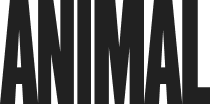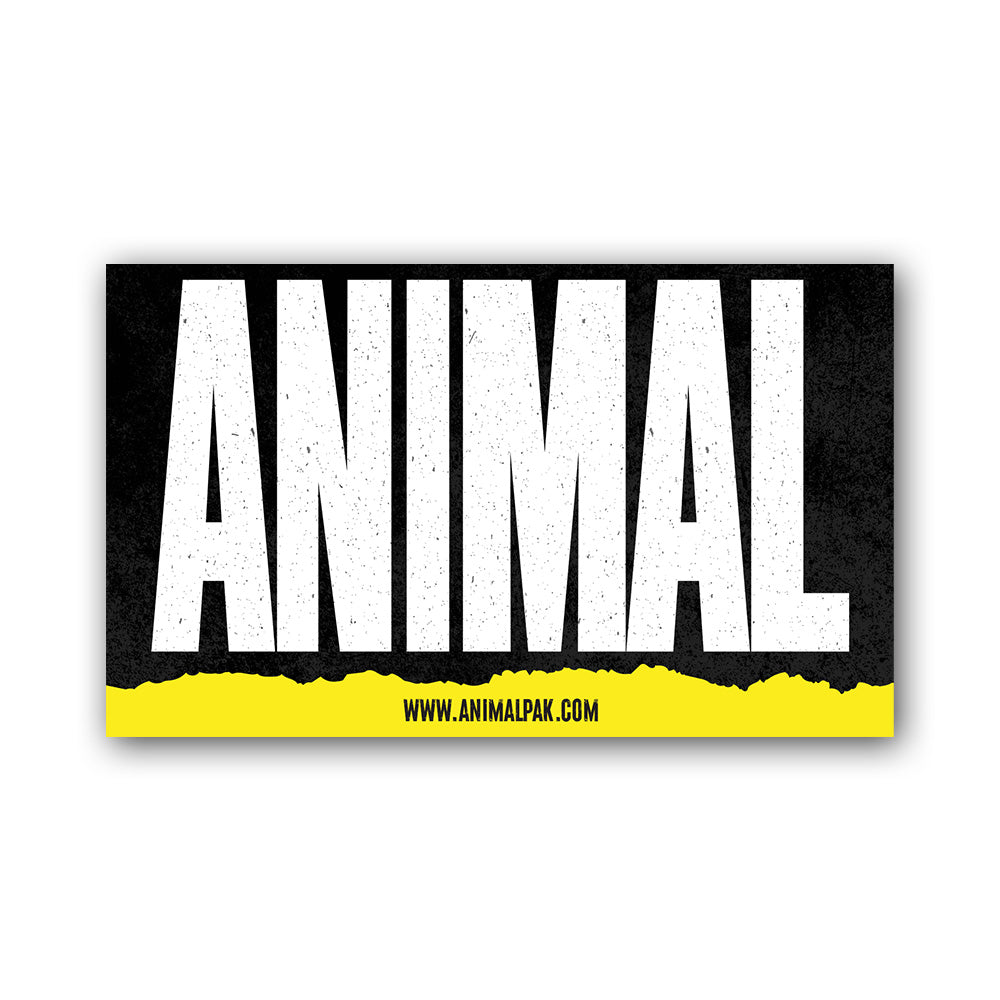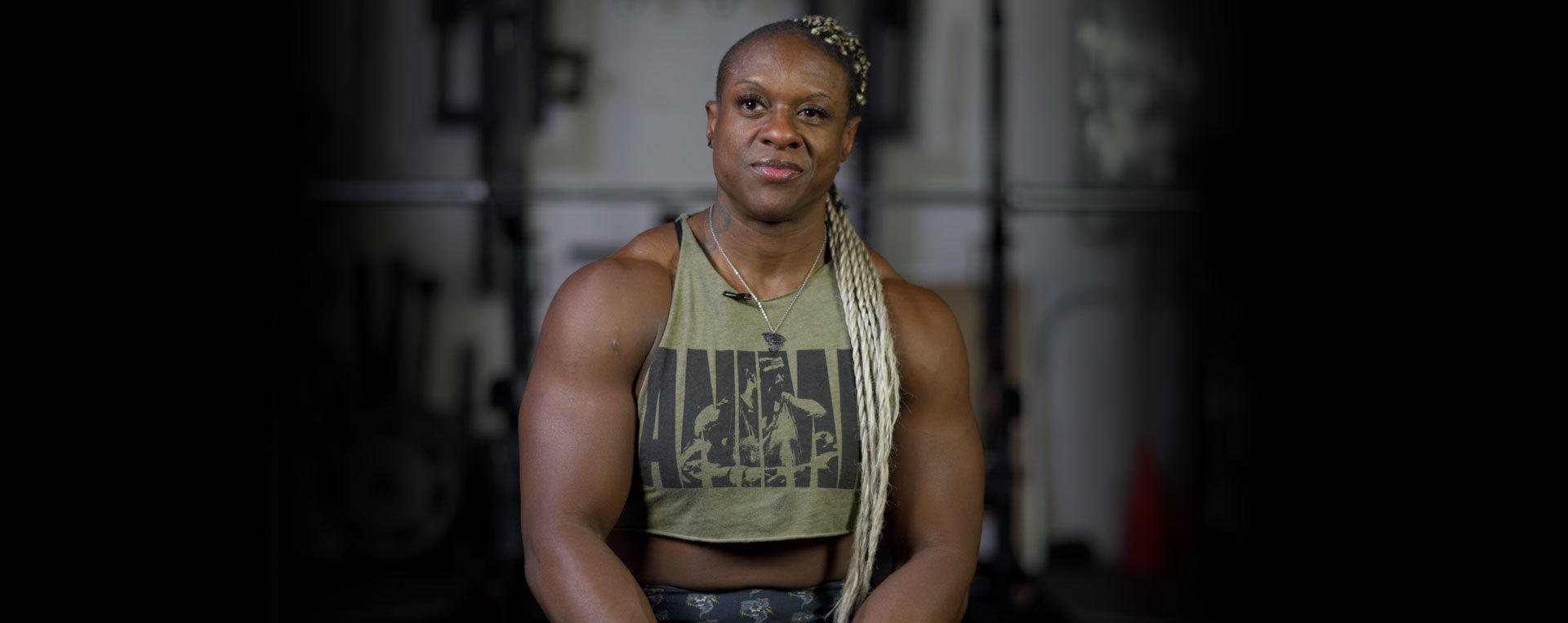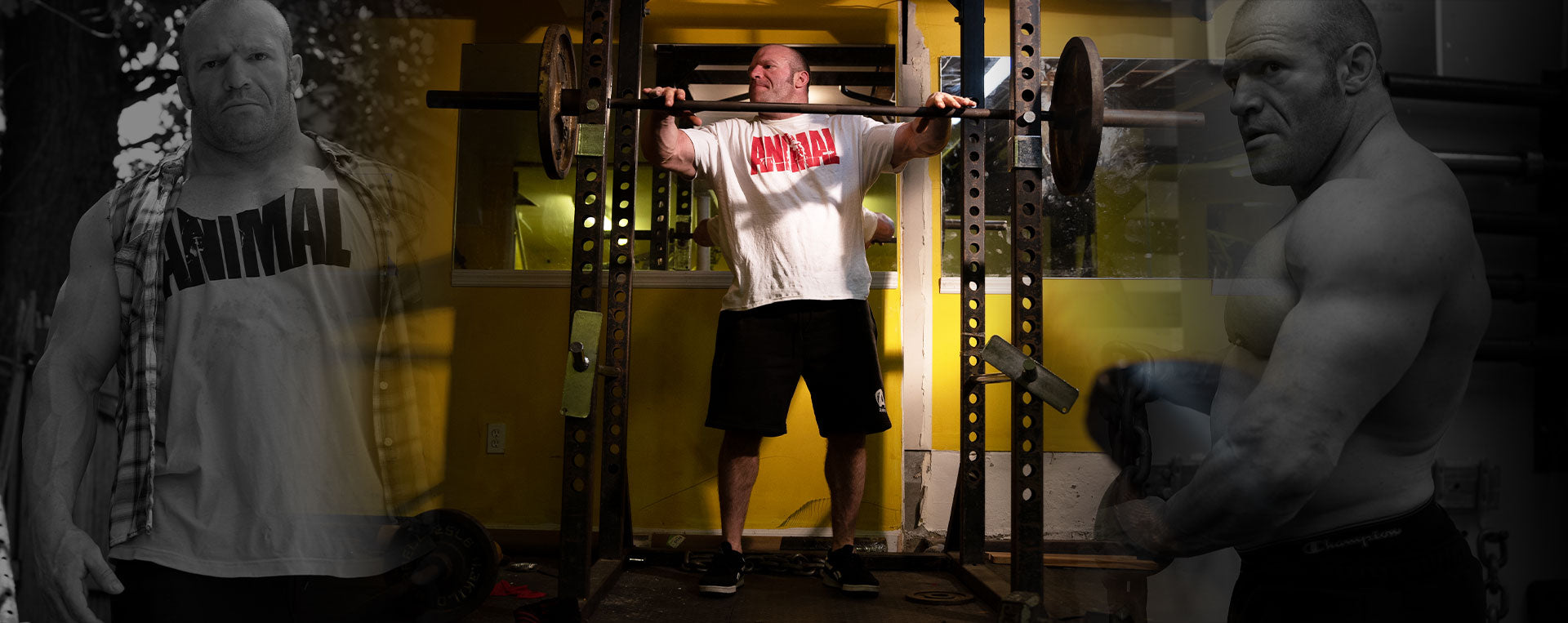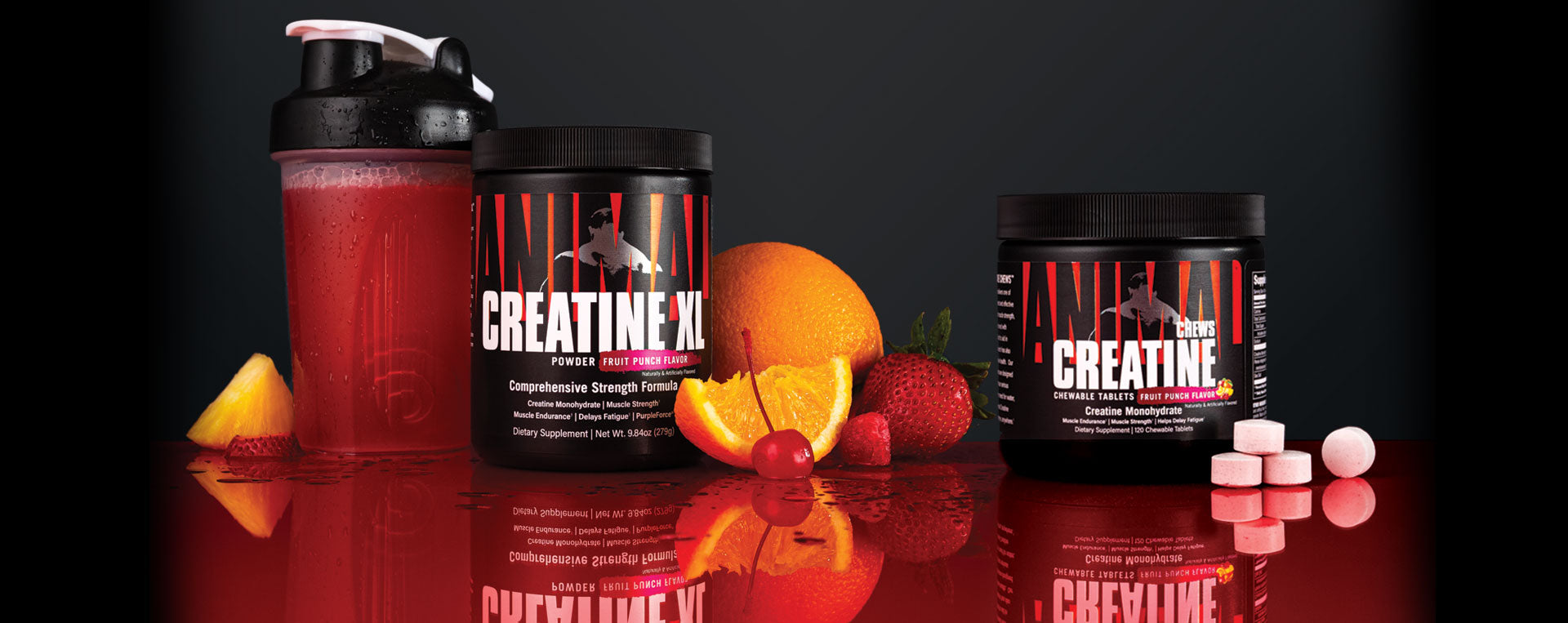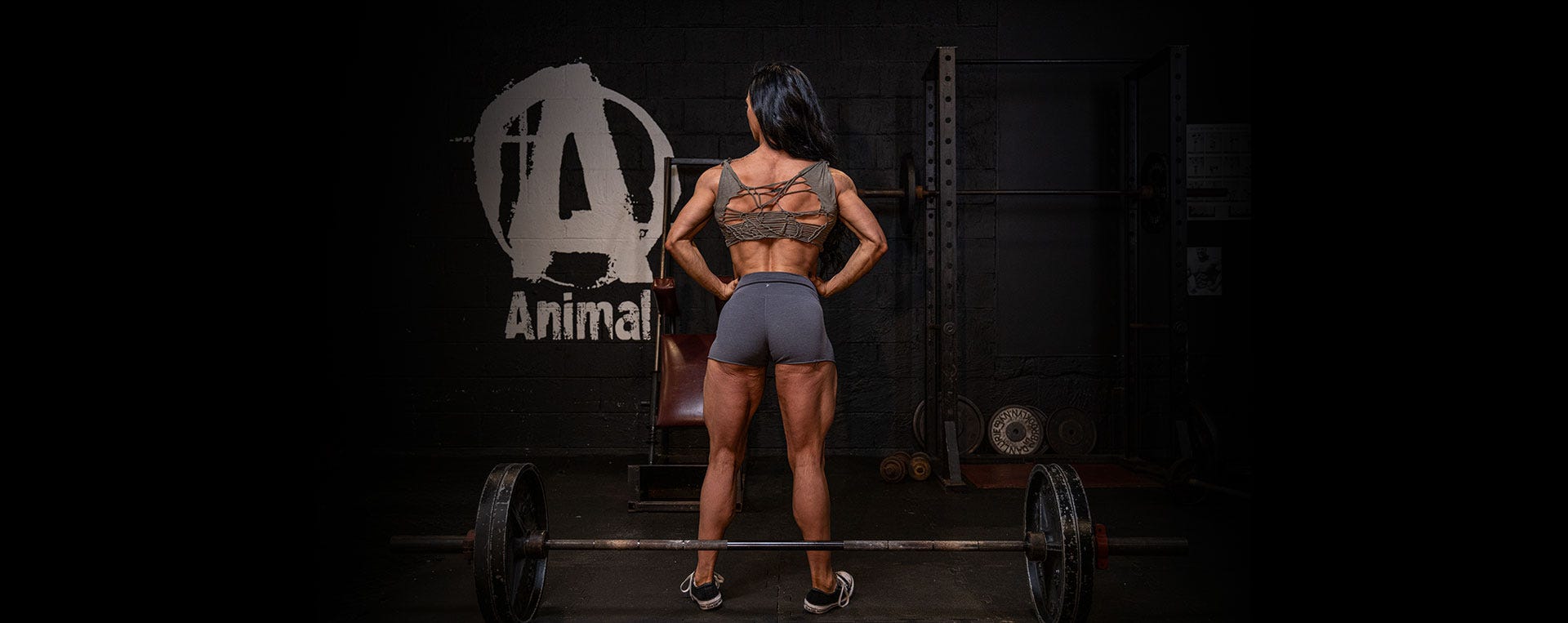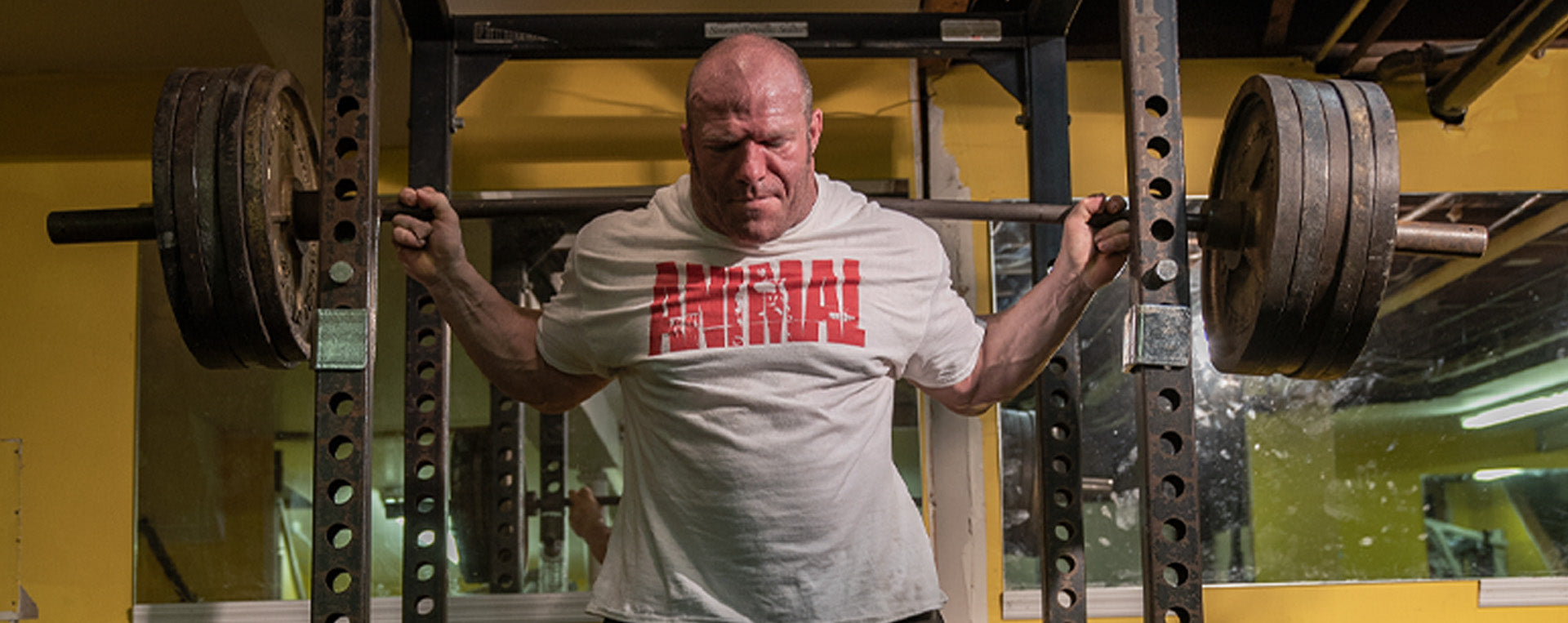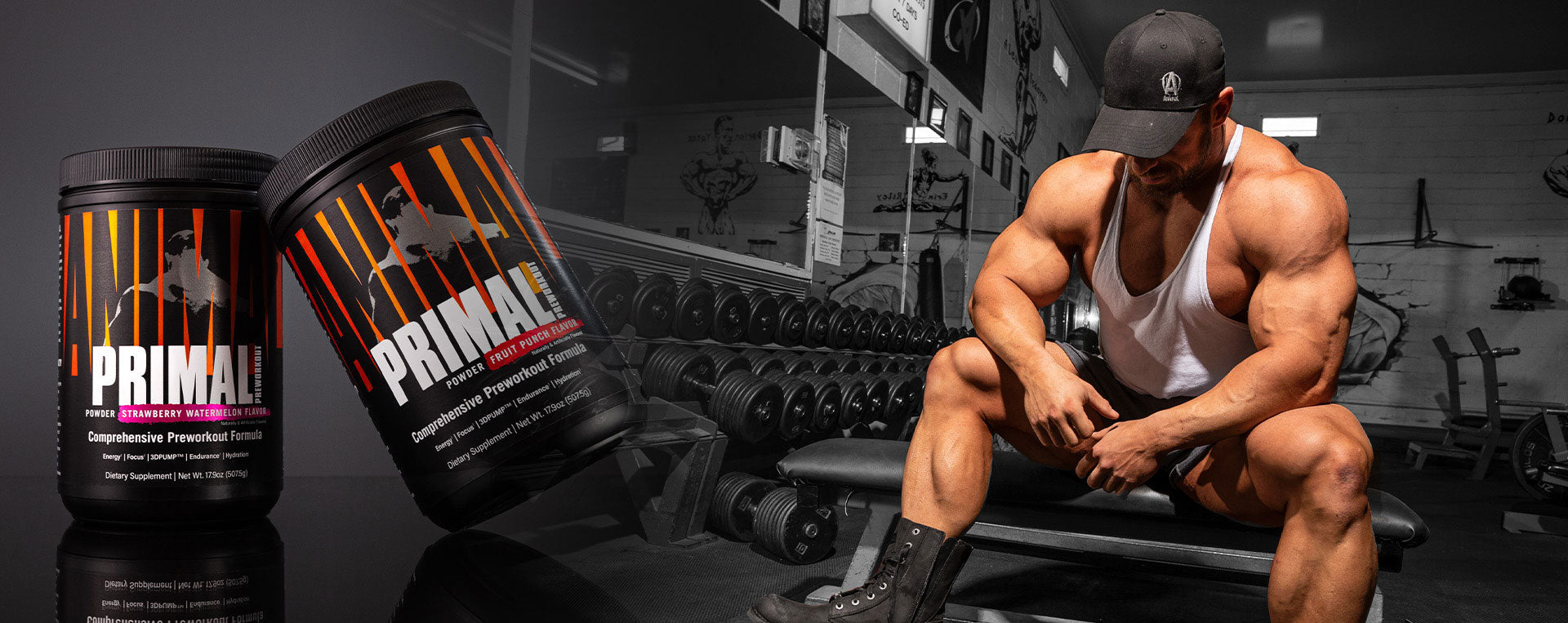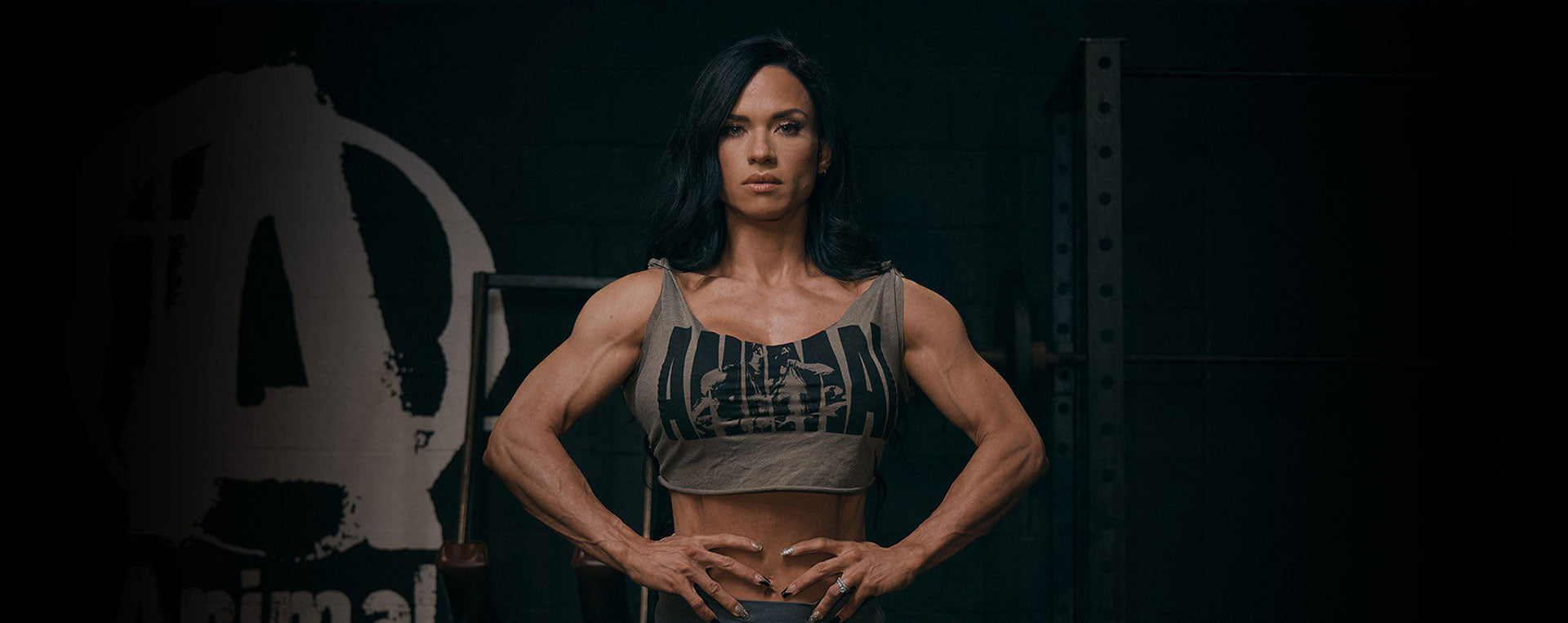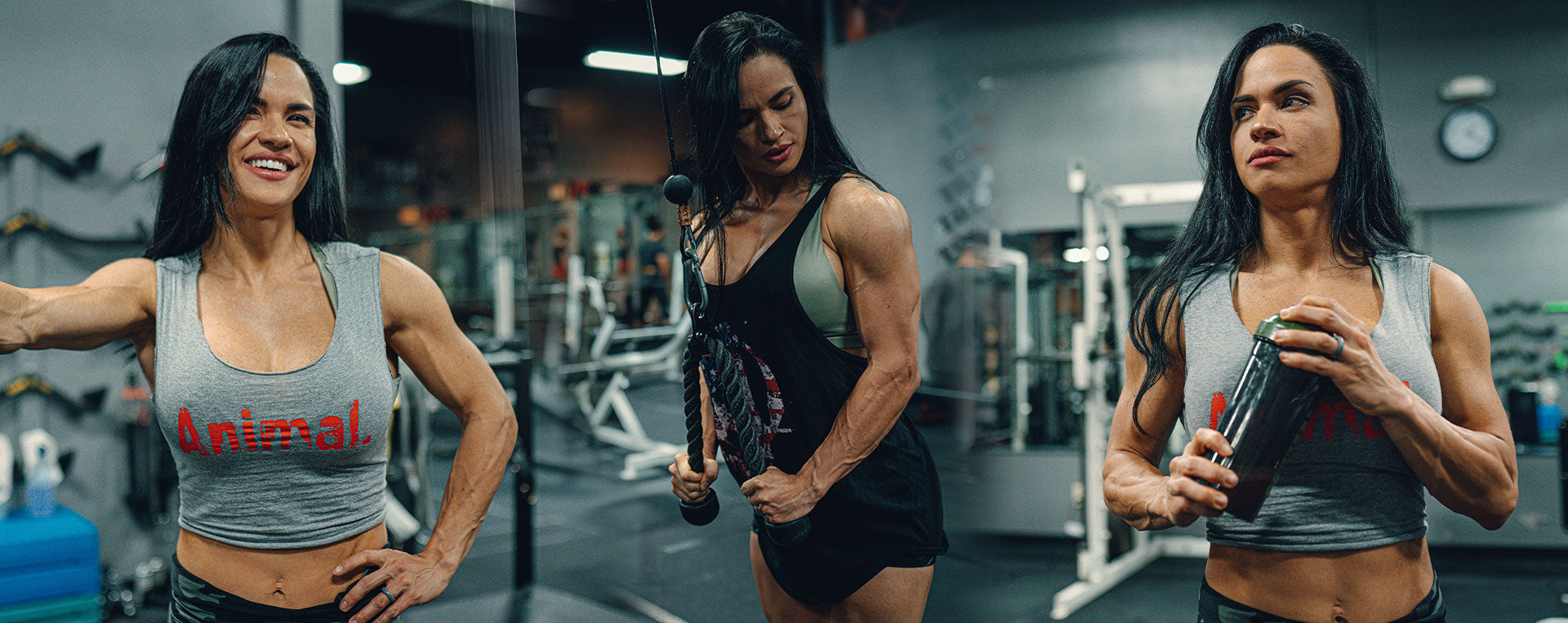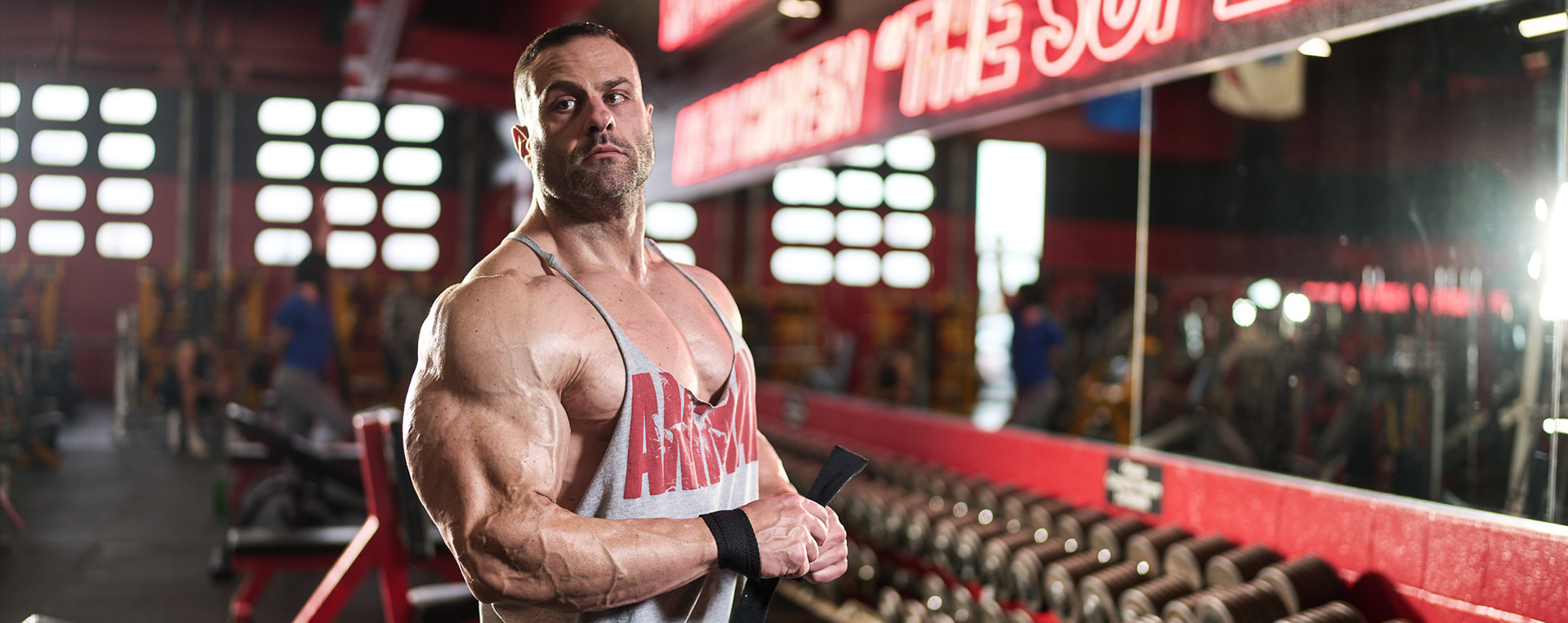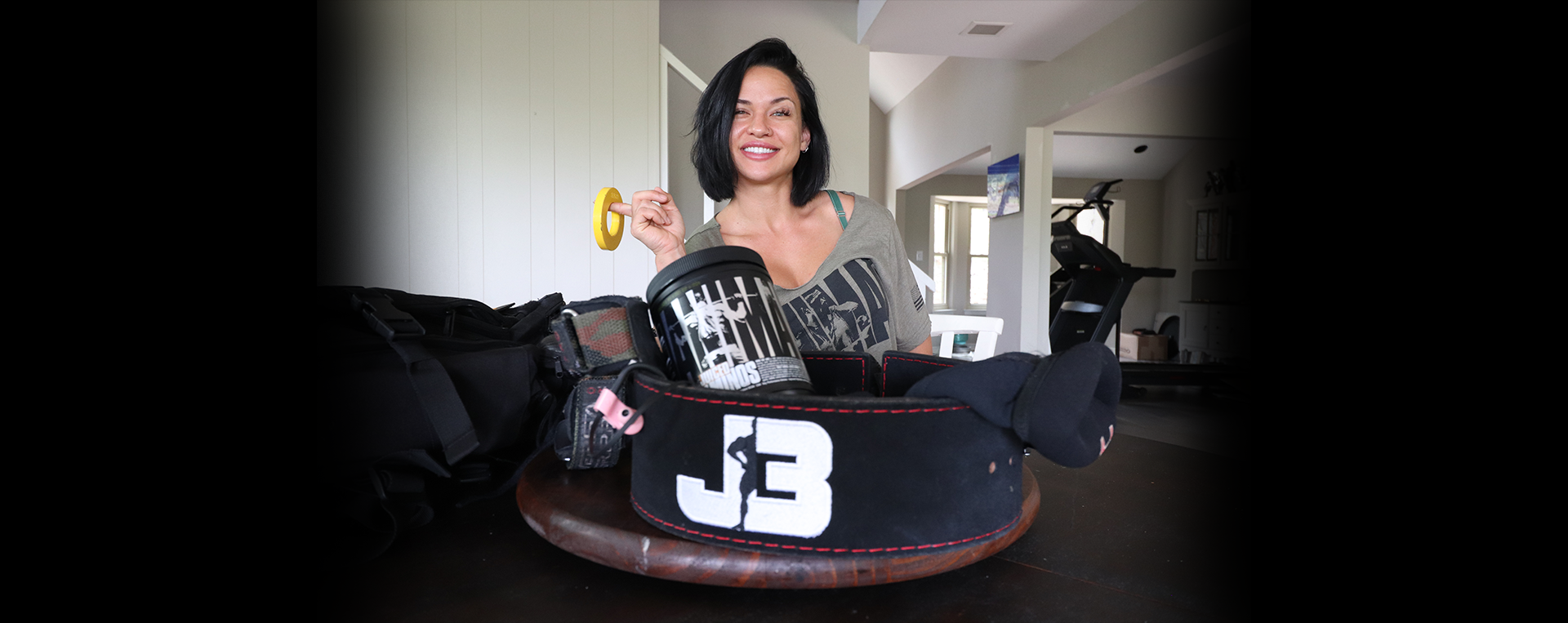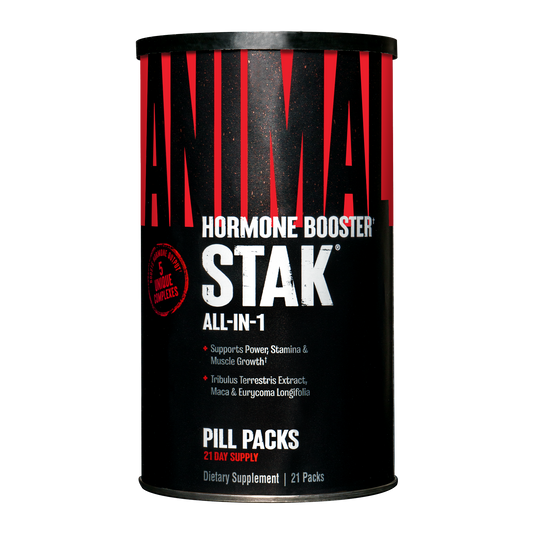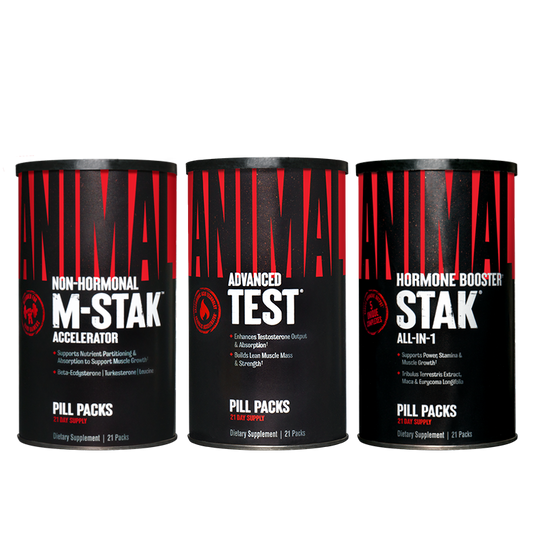If you’re just getting started on your powerlifting journey, or maybe you’ve been at it for a couple of years and you feel like you’re hitting a plateau, I have a handful of tips that should help you get back in gear and get you into PR territory. I’ve spent hours of self-inflicted punishment under the big three over the years, not only in powerlifting but training in general. I’ve watched countless hours of training videos and read tons of articles, similar to this one, in order to either revamp my approach or utilize a secondary method to keep consistently growing in every lift. The following tips are going to help with your squat, bench, and deadlift, so pay attention.
Squat
The squat is the grand-daddy of them all. One distinct thing I see younger lifters do is maxing out their squat and skipping the accessories. If you have reached a point in your training where you’re stalling, I’d look deeper into your training cycle and pinpoint where you’ve strayed. Keep track of your progress or your training in a journal. You cannot go somewhere new if you don’t know where you’ve been. Once you can evaluate your training using your journal, you can identify where you may need to make adjustments. This is especially important for new lifters. Gains may come quickly at first, then take a nosedive due to inexperience with calculating maxes and other different variables.
A good rule of thumb is to avoid singles for a while. Work anywhere from 60-85% and play around with your set and rep ranges. Legs contain endurance muscles so they can take a beating. If not, you can work in either cluster sets (low reps over many sets and short rest) or rest-pause sets (knock out X amount of reps, rack the weight for 10-20 seconds, and then proceed with the remaining reps).
This leads me to the importance of accessories, also known as complementary lifts. Ideally, working on 1-2 movements that are similar to the squat is optimal. This is where you will experience the most growth, so do not skip out on these. Some examples include pause squats with 40-60%, speed squats with 50-65%, and even box squats or good mornings. Although most people can generally progress with those lifts, you still want to add a couple more to your weak points, for example, GHR, goblet squats, leg curls/extensions, and single-leg press.
Finally, you need to look at technique and establish a plan of attack. Raw lifters often squat too wide for their bodies. Try bringing your feet in an inch or two, along with switching from high bar to low bar and vice versa, and test that out for a few weeks. These tips should get you on the fast track to a big, explosive squat.
Bench Press
Every powerlifter is asked about their bench press. I don’t want to sound like a broken record about accessories, but they’re so often overlooked. All things considered, my approach may surprise you a bit—overload training. While this isn’t the norm for raw lifters, it is a means to an end. Being able to touch what your goal weight feels like will only add confidence to your lifts.
Like with squats, avoid maxing out every week and keep a journal for tracking progress. Spend time building up the muscles around the chest, such as the upper back and traps, as this is your base support to hold the weight. Building up triceps strength is a given, as is building your entire arm from biceps to forearms. These muscles act as a cylinder cushion to not only support the weight but to ignite it off of your chest.
Next comes the overload training. In your off-season training cycle, spend around 4-6 weeks on some overload work. It can be slingshot work or bands to lighten the load of the lift or to help you get past a sticking point. Generally, I like to lay out a plan of attack adding anywhere from 5-10% of my top set of the day to take on a few extra sets. Gradually build this up along with your training from around 60-90% (an additional 5-10% slingshot nets you around 100% of your max weight). At the end of 6 weeks you should feel more comfortable pushing the heavier weight.
Having the proper plan means nothing, however, if you cannot set up properly. Hand width is lifter preference, but I suggest placing your hands somewhere on the ring marking and inner knurling. Dig the top of your traps/shoulders into the bench pad and slide your feet into place making sure they are tight and secure.
Deadlift
The deadlift is the proclaimed king of the lifts. This is your last lift of the meet, the one where you hold nothing back and use every ounce of power you have left for that total. I’ve hammered the importance of technique with squat and bench, and it won’t be any different with deadlifts. One thing that is different is my hands-off approach. As crazy as this sounds, there is a method to my madness. Most lifters starting out will aim for heavier deadlifts—lifting too heavy or too often—which often hinders progress in the long run. Overtraining will slow your progress not only in your deadlifts but all of your lifts because it’ll take longer for you to recover throughout the week.
Another issue that usually appears from progressive overloading is the neglect of the surrounding muscles that help activate the lift. Accessories and off-season work will keep those muscles stimulated. Strongman lifts like farmer’s carries, yoke walks, and sled drags are my favorite tools to build my deadlift. Not only will they blow you past a plateau, but they will also help you build a rock-solid foundation for all three lifts. Establishing a sturdy foundation will strengthen the structural integrity of the house. The entire muscle group has to be strong and engaged. Attacking back accessories such as rows of all variations and pull-ups and pull-downs will help you build a muscular base to push you in all three lifts, especially your deadlifts.
All of these suggestions are great starting points to maximize your lifts. Hiring a coach will also help push you past plateaus and monitor your progress. You can find many tips and tools on the internet—fill yourself with knowledge. Social media, while sometimes full of BS, is another tool that has real world applications. For example, OpenPowerlifting has rankings you can sort by gender and weight class and will link you to some Instagram pages. Seeing what other strong individuals are doing in your weight class can help you establish new goals. Just don’t let someone else’s highlight reel discourage you.
The path is different for everyone. Various programs will work differently for different lifters, so test a few out. Keep track of your progress and watch yourself excel to new heights. Remember, in the words of Brian Tracy Luck, “I’ve found that luck is quite predictable. If you want more luck, take more chances. Be more active. Show up more often.”
